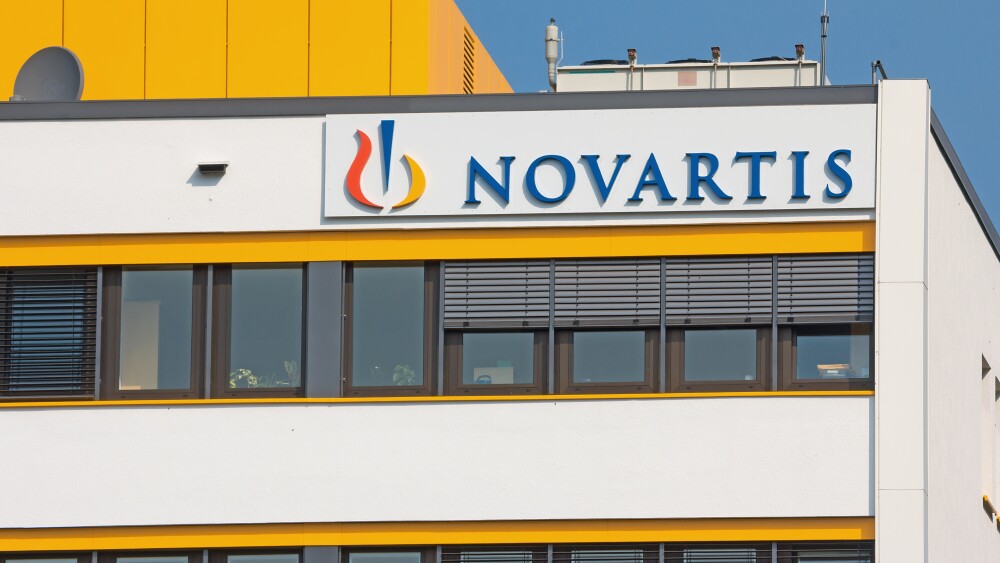GREENWOOD VILLAGE, Colo., Feb. 9, 2012 /PRNewswire/ -- Ampio Pharmaceuticals, Inc. (NASDAQ: AMPE) ("Ampio" or the "Company"), a company that discovers and develops new uses for previously approved drugs and new molecular entities ("NMEs"), today announced financial results for the year ended December 31, 2011, and offered a summary of the milestones during 2011.
Financial Results
Total revenues recognized for the year ended December 31, 2011, were $18,750, reflecting the amortized portion of the $500,000 licensing upfront payment from the Company's agreement with a major Korean pharmaceutical company for South Korean rights to Ampio's Zertane. The Company did not report any revenues for the year ended December 31, 2010.
Total operating expenses for the full-year periods ended December 31, 2011 and 2010, were $11,152,891 and $6,704,405, respectively. Research and development expenses for the full year 2011 were $6,648,397, compared to $1,972,134 for the full year 2010. The 237% growth in research and development costs during 2011 primarily reflects the increased focus on the Company's multiple clinical trials and proof-of-concept studies. Specifically, the Company invested significantly in the Phase 2 Ampion in the Knee study and the Phase 2 Optina study evaluating the product's ability to prevent diabetic macular edema (DME) and in a $2,000,000 fee paid to obtain a product technology license associated with Zertane.
General and administrative expenses for the full-year period of 2011 were $4,504,494, compared to $4,732,271 in the full-year period of 2010. Other expenses were $7,142,593 in the full-year period of 2011, compared to $1,348,990 in the corresponding 2010 period. The increase in other expenses primarily reflects the $5,585,422 of non-cash changes in the fair value of Ampio's debentures prior to their conversion to common stock in February 2011. This change in value stemmed primarily from the increase in Ampio's common stock price between December 31, 2010, and February 28, 2011.
For the year ended December 31, 2011, Ampio reported a net loss of $18,359,234, or $0.71 per share, compared to a net loss of $8,053,395, or $0.49 per share, for the same period in 2010. Non-cash expenses accounted for $9,170,000, or approximately 50%, of the total loss in 2011. Research and development represented 36% of the reported loss. Non-cash expenses in the 2010 period were $4,426,000, or approximately 55%, of the reported loss.
At December 31, 2011, Ampio had cash and cash equivalents of $11,362,325, compared with $671,279 as of December 31, 2010.
Milestone Highlights for 2011
Financings | |
| |
| |
Corporate Achievements | |
| |
| |
| |
Clinical Trials | ||||
| ||||
The progression to the second part of the Phase 2 study was based upon positive results from the first dosing cohort in the Phase 2 Ampion-In-Knee (AIK) clinical trial. The results were generated from 40 patients randomized equally into two separate study arms. Enrolled patients with moderately severe osteoarthritis of the knee were assessed for the difference in pain relief from their own established baseline. At each study time point (6 hours, 24 hours, 72 hours), the reduction in pain scores was greater in the 20 patients receiving Ampion, steroids and lidocaine than the 20 patients treated with steroids and lidocaine. The group receiving Ampion achieved a 37% improvement at 72 hours for the Ampion group. This trend toward efficacy was more pronounced over time. | ||||
| ||||
| ||||
| ||||
Licensing of Distribution | |
| |
New Intellectual Property | |
| |
| |
| |
| |
| |
Full financial results are available in the Company's Form 10-K, which was filed with the Securities and Exchange Commission on February 9, 2012.
About Ampion
Ampion is a non-steroidal anti-inflammatory drug that appears to have a significant role in the homeostasis of inflammation, so that it has the potential to be used in a broad array of inflammatory conditions which impact millions of patients. Ampion is a molecule produced by humans in response to injury and is protected globally by composition of matter and use patents including means of synthetically manufacturing the molecule and method of extraction from commercial albumin preparations.
About Zertane
Zertane is an oral drug to treat premature ejaculation, a condition that has a major impact on the quality of life for men and their sexual partners. The active ingredient in Zertane has multiple mechanisms of actions that can delay ejaculation. This drug also has an excellent safety record established during 30 years of human use. These unique pharmaceutical qualities, exceptional human safety record, and a distinctive non-standard dosage not available in generic form, differentiate Zertane from other treatments for premature ejaculation. Zertane is taken as needed before sexual activity, and is not required on a daily basis.
About Optina
Optina is an existing oral drug being developed as a new treatment for diabetic retinopathy and diabetic macular edema. Diabetic retinopathy is damage to the retina caused by complications of diabetes mellitus. Macular edema is often an early form of diabetic retinopathy that causes significant vision loss in adults. Almost all Type 1 diabetics and more than 60% of Type 2 diabetics develop retinopathy. There is no effective daily drug treatment for diabetic retinopathy other than general measures, such as controlling blood sugar, hypertension, blood lipids, etc. Effective non-surgical drug treatment of diabetic retinopathy is a high unmet medical need due to the global diabetes epidemic. Based on its extensive human safety record, a phase 2 clinical development program is currently underway using Optina for the treatment of diabetic macular edema.
About Ampio Pharmaceuticals
Ampio Pharmaceuticals, Inc. develops innovative proprietary drugs for inflammation, eye disease, kidney disease, CNS disease, metabolic disease and male sexual dysfunction. The product pipeline includes new uses for previously approved drugs and new molecular entities ("NMEs"). By concentrating on development of new uses for previously approved drugs, approval timelines, costs and risk of clinical failure are reduced because these drugs have strong potential to be safe and effective while their shorter development times can significantly increase near term value. A key strategy includes actively exploring partnership, licensing and other collaboration opportunities to maximize Ampio's product development programs. For more information about Ampio, please visit our website, www.ampiopharma.com.




